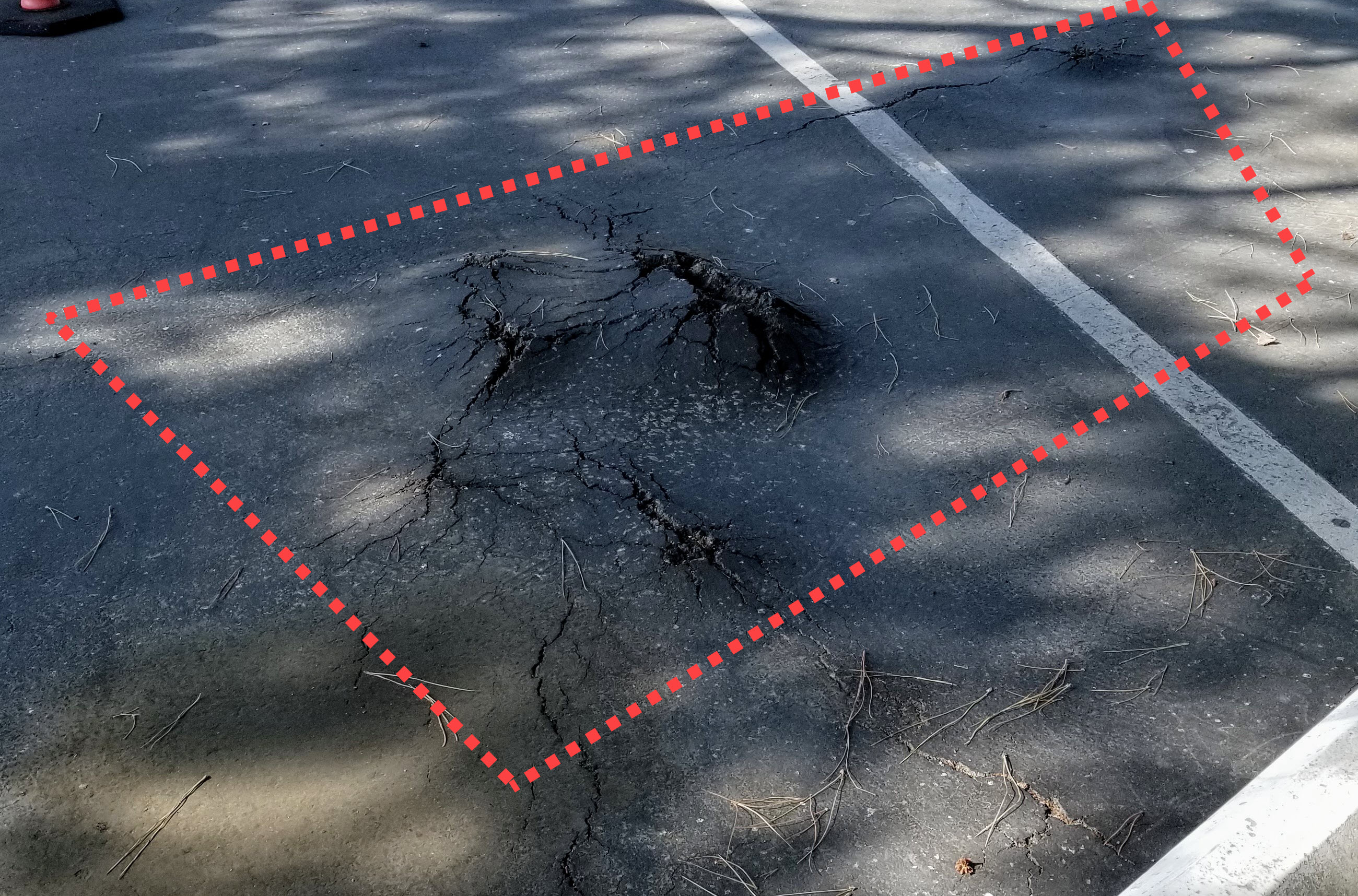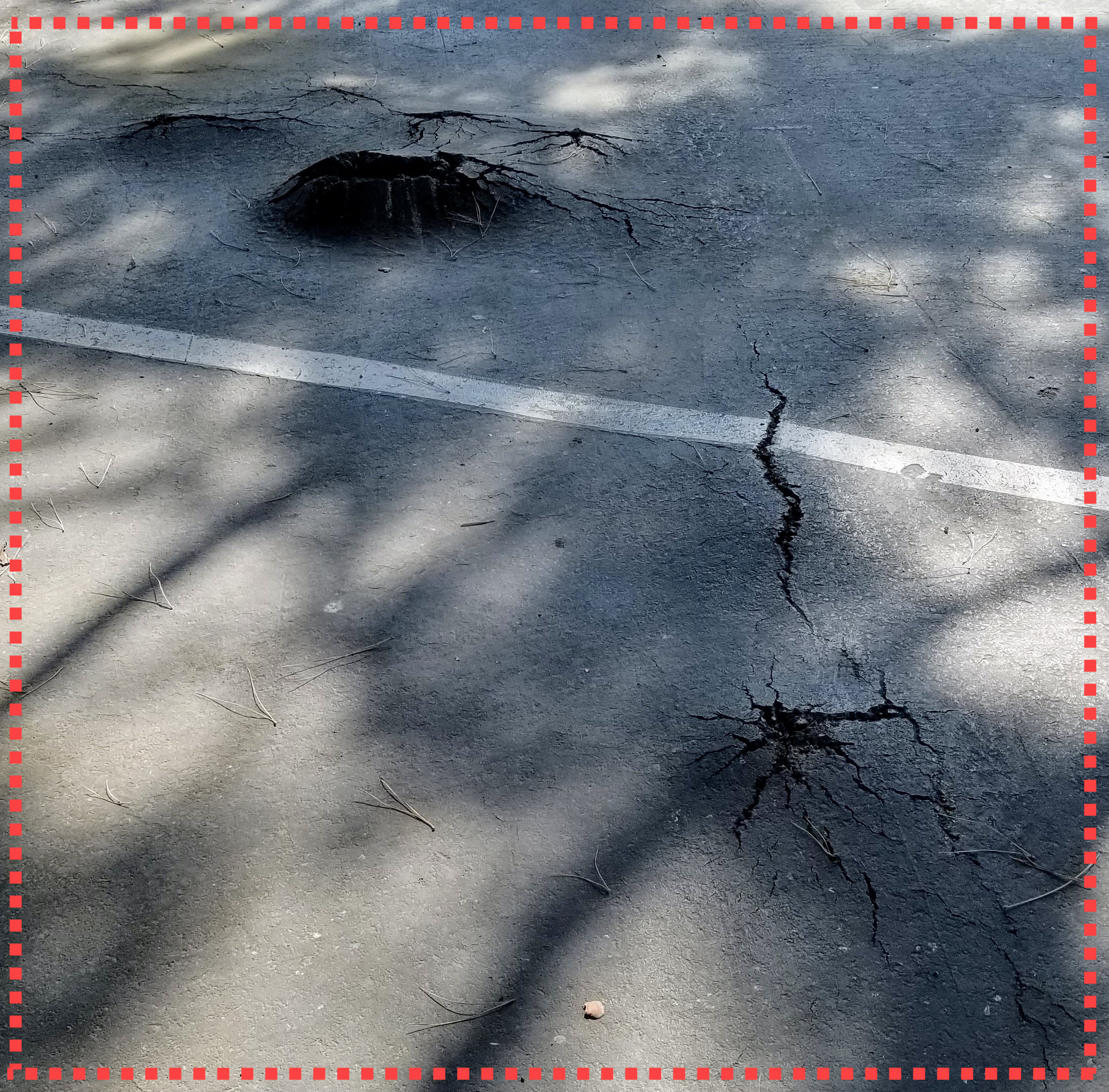5 Things to Consider When Repairing Tree Root Damage
Posted on July 23, 2018 by Rafael Cantillo%20Excel%20Prop%20Mgmt_%20Retail_%20Long%20Beach%20(19-572)%20JF%20(1).jpg?width=873&name=Copy%20of%20(30%20Tons)%20Excel%20Prop%20Mgmt_%20Retail_%20Long%20Beach%20(19-572)%20JF%20(1).jpg)
Shade trees are a valuable amenity for your parking lot, especially in warmer climates where cars left in the open can become ovens very quickly. However, they can also cause significant damage and leave you needing concrete or asphalt repair.
Trees close to the lot can cause root heave or pavement heave, which can be a tripping hazard. It causes the pavement to lift and crack. It is also not good for the health of the tree, increasing the risk that the tree will fall and cause an accident. The best way to deal with this is to avoid the damage in the first place by ensuring that trees are not planted too close to the parking lot surface and by making sure there is non compacted soil below paved areas to allow room for tree roots to grow outwards and downwards.
However, this is only an option if you are building or remodeling a lot. Otherwise, you may be stuck with the situation you have, which might include mature trees planted far too close to the lot and causing a lot of damage. If you do have root heave or other damage to your lot, here are a few things to consider:
Safely Cutting Small Roots
It is generally safe to cut or trim small roots. You can cut the root at the point where it goes under the asphalt, then install a root barrier to prevent the tree from regrowing the root.
The root barrier should be at least one foot deep and five or six feet wide, and may not be effective if the tree is established. However, remember that if you cut too many small 'feeder' roots this may weaken the tree and could even kill it. Cut only the roots that need to be cut and do not cut roots that are larger than 2" in diameter.
The best time to do it is in winter through early spring, as this puts less stress on the tree. It is important to monitor the health of trees after any root pruning. Older trees tend to be more stressed by root pruning than younger ones. Use sharp tools and do not cut too close to the trunk. The recommended minimum distance is three to five times the trunk diameter.

Avoid Cutting Large Roots
Avoid cutting or trimming larger roots if possible. Large roots are part of a tree's support and cutting them can cause the tree to die or make it vulnerable to windfall. As you are removing the roots on the parking lot side, you are increasing the chance that the tree will fall in that direction, possibly on somebody's car. You could then be held liable for the damage.
Instead, it is better to remove the pavement over the root, then excavate below it, encouraging the root to expand downward. Then reinforce the pavement when you replace it. This is more expensive than cutting the root, but offers a far better long-term solution. In some cases it might be best to adjust the location of parking spaces so that the "lifted" pavement can be allowed to stay a few inches higher to accommodate the root.
Make sure if you do this that it is designed to avoid becoming a tripping hazard. Also, do not prune roots on trees that are already leaning or in poor health. Tree removal might be worth considering if the tree seems unhealthy. Soil should also be taken into account. If you are not sure what to do, call an arborist.
Arborist Advice
If you have a lot of root problems from a specific tree (or if in doubt about the best thing to do), call an arborist. They will be able to advise on the best solution to the problem. In some cases, removing the tree may be the only solution, but it should be a last resort as shade trees can be an important amenity.
An arborist can help you with species-specific solutions to root growth that will help protect both your parking lot and the tree. They will make sure you do not trim or remove more roots than the tree can take which, again, can result in a dead tree that might fall on a car or person.
Early Pruning
If you do prune roots, do so early so you are only cutting small roots. Again, it is better to avoid the necessity by careful choice of planting in both location and tree species. (If planting new trees, consider talking to an arborist, they should be able to help you choose the right trees to plant).
Root barriers, as previously mentioned, work well with newer plantings and smaller roots, but not always with established trees. Older trees will have a root "pattern" established and may produce larger roots than a barrier can stop.
As a note, crown pruning to reduce root development is not generally effective and may be damaging to the tree.
Paving and Concrete Repair Contractors
Remember that concrete and paving contractors will not accept liability for damage to the tree or for damage that might result later if the tree falls during a storm. Make sure that your insurance covers damage caused by falling trees, especially as you are likely to be found liable if the tree falls after root pruning or other repairs have been done. It is often best to find a specialist in mitigating tree root damage who can work with you and an arborist to minimize the risk of an accident.
Again, it is better to design your landscape so as to reduce or mitigate the effects of root damage. This can be done with careful choice of location and species, by designing the lot itself to accommodate roots, and by installing root barriers from the beginning.
However, if you are unable to do so and your lot does become damaged requiring asphalt repair, then the tips above will help avoid a costly lawsuit caused by a fallen tree. If in doubt, consult an arborist. If you are remodeling your lot, then take shade trees into account. For example, you may be able to add a raised sidewalk next to the trees, improving pedestrian access and helping solve the problem without significantly reducing the number of available spaces. Whatever action you take, consider both the health of your lot and that of your trees.
Empire Parking Lot Services has years of experience repairing both asphalt and concrete throughout Southern California. As a fully licensed and insured contractor, we would love the opportunity to help you work through the complexities of asphalt and concrete damage caused by tree roots. We can work directly with you, or work with your arborist or landscaping contractor. Give us a call today and see why we are the highest rated paving contractor in Southern California.





Comments